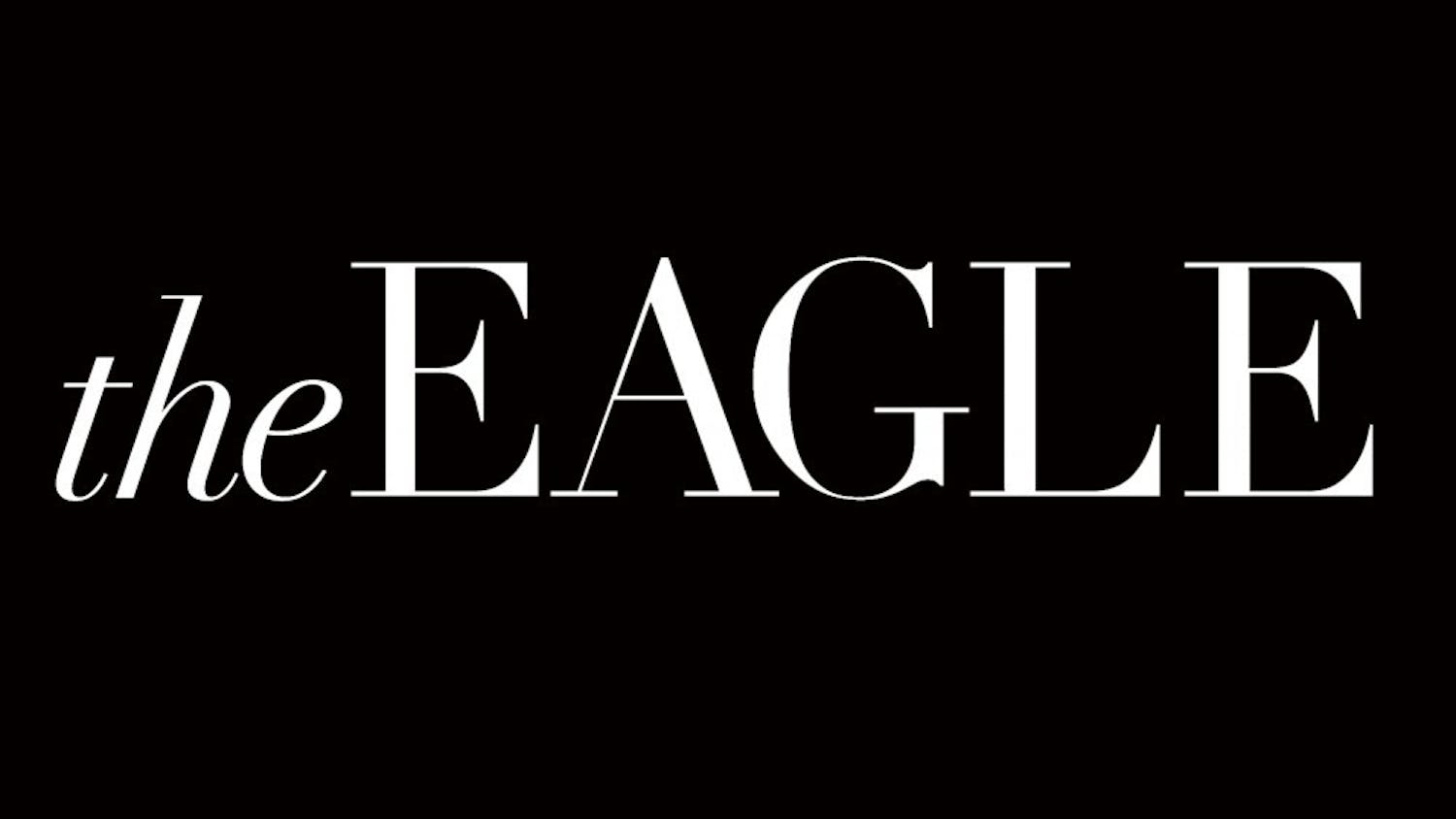Every 10 years, the District of Columbia requires colleges and universities within the city of Washington to come up with a ten-year plan that forces them to outline their physical development programs for the next decade for submission to zoning officials for approval. Concerned neighbors along with citizens associations and the Advisory Neighborhood Commissions are involved in the process. Some institutions in their arrogance and their "we'll do as we please" attitude have quickly found themselves involved in an acrimonious process that has at times led to litigation.
While the road to agreement on AU's 1989 Campus Plan had its share of rough patches the end result not only won approval from the major portion of the surrounding community, it drew praise from the Board of Zoning Adjustment as a model of town and gown cooperation. The University benefited from the hiring of a first rate planning firm, a lighting master plan, upgraded and improved campus landscaping and a neighborhood liaison committee for continued cooperation on the implementation of any changes to the campus plan. The community gained through an agreed-upon fence that has separated the campus from residential areas and minimized parking and congestion on some of the neighborhood streets.
The campus planning process takes time, and Campus Plan 2000 has been under development for almost a year with a fast approaching deadline for a Zoning Commission hearing on February 15, 2001. University officials and neighbors have stepped up the schedule and are meeting weekly to try to hammer out an agreement on the Plan.
Important issues to be resolved include: (1) a population cap for the University, (2) avoiding further off-campus expansion into commercial or residential properties in the neighborhood, (3) a comprehensive parking plan for the Ward Circle and Tenley campuses, including the law school, (4) the proposed new Arts Center and (5) excessive density that would result if too many buildings are added to the two campuses. While all of these issues have been debated over the months, the time for resolution is fast arriving.
The AU problem is nothing new on urban campuses today. Some institutions, such as George Washington University, have metastasized until they destroyed the residential communities around them. Others have established satellite campuses, placed and planned to avoid hurting established neighborhoods, which serve the needs of students and faculty for more programs and more space.
The challenge for AU at this time is to come up with a comprehensive plan for orderly growth that does not destroy the campus setting and the neighborhoods around it. AU benefits immeasurably when its potential recruits see that it is close to the center of the nation's capital but surrounded by a very pleasant, quiet and safe "suburban" neighborhood. In turn, the neighbors could find the University to be a cultural amenity if it takes proper care to avoid adverse impacts that make living in their neighborhood less pleasant. The trick is focus on excellence - in the University, in its architecture, and in its respect for neighborhood values.
A good case in point is the proposed new Arts Center for the Cassell site. Certainly, no historic preservation effort is being mounted to save the Cassell Center from long overdue destruction. This is a great site for the new Arts Center. The issues that remain are solvable with careful attention to design. The design goal should be to make a lasting and important statement that the University as a whole stands for excellence. The effort is worth it because the Arts Center could be not only a cultural amenity, but also a facility that will stir pride among alumni and students. The neighbors - including those whose backyards would be only a few feet from the high wall at the back of this structure - do not oppose locating it there. They have made a few reasonable demands about height, noise and light impacts. It should be a "no brainer" for AU's architect to satisfy these concerns and at the same time win a prize for architectural excellence.
While sitting through all the meetings, it has occurred to me that the importance of long term vision among the university's successive presidents and boards of directors can not be over estimated.
As in all negotiations there is compromise. Such is the case confronting people of good will on both sides who have spent hours and hours of personal time to work with the University in a common interest. The hope of the neighbors is that Campus Plan 2000 will not be merely the end of a bureaucratic process, but the beginning of a visionary one.
With the draft of Campus Plan 2000, we've all been reminded that the University and the neighbors are not going to go away. The challenge and the opportunity before President Ladner, the Board of Trustees and the community is to work together to achieve design excellence that both neighbors and the University Community will be proud to share.
Charles A. Hamilton is a resident of Spring Valley.




